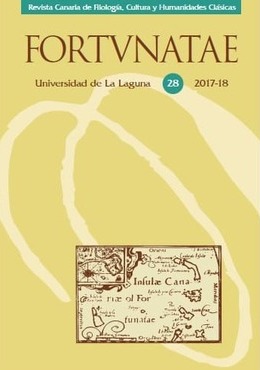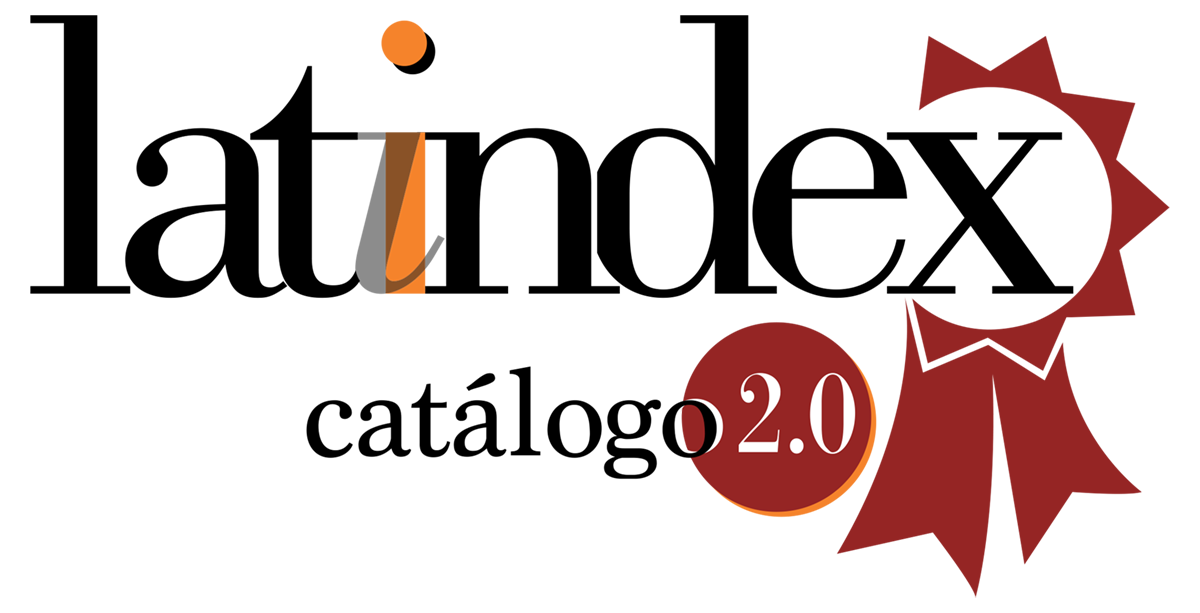Ouroboros, the snake that bites its tail in alchemical Greek texts
Abstract
One of the most characteristic symbols of the mythologies of the old civilizations is Ouroboros, the snake that bites its tail. Its figure and the alchemical texts that speak of it are in two of the main manuscripts that are described in the Catalogue des Manuscrites Alquimiques: the Marcianus graecus 299 and the Parisinus graecus 2327. This article offers the Greek text with its translation, in addition to a brief commentary, of the passages of these manuscripts in which this alchemical symbol appears.
References
ALADRO VICO, E. (2010): «La estructura de los símbolos», Perspectivas de la comunicación 3, 2: 134-147.
BERTHELOT, M. (1885): Les Origines de l’Alchimie, París (reimp. 1938).
BERTHELOT, M. (1889): Introduction à l’Étude de la Chimie des Anciens et du Moyen-Âge, París (reimp. 1938).
BERTHELOT, M. y RUELLE, C. E. (1888): Collection des Anciens Alchimistes Grecs (CAAG), t. II, París (reimp. Osnabrück, 1967).
BIANCHI, U. (1978): Selected Essays on Gnosticism, Leiden.
CASTILLO BEJARANO, M. (1993): Claudiano. Poemas II, Ed. Gredos, Madrid.
DÉONNA, W. (1952): «Ouroboros», Artibus Asiae 15: 63-170.
DIBLASI NETO, I. (2015): «“Quando meus lábios sacerdotais disserem palavras secretas”: Abraxas, magia e política nos papiros mágicos gregos», Romanitas-Revista de Estudos Grecolatinos 5: 131-146.
FERNÁNDEZ GARCÍA, A. J. (2014): «Instrumentos alquímicos de María la Judía», en MARTÍNEZ FERNÁNDEZ, A.,ORTEGA VILLARCO, B.,VELASCO LÓPEZ, H.,ZAMORA SALAMANCA, H. (eds.), Ágalma. Ofrenda desde la Filología clásica a Manuel García Teijeiro, Valladolid, Universidad de Valladolid, pp. 1001-1010.
FORSTER, M. y SIMON, C. (2008): An A to Z of the Occult, Londres.
HORNUNG, E. (1992): Les Dieux d’Egypte – L’un et le multiple, París.
KAKOSY, L. (1986): «Uroboros», en Lexikon der Ägyptologie, VI, col. 886-893.
KOEPGEN, G. (1939): Die Gnosis des Christentums, Salzburgo.
JUNG, C. G. (1955/1956): Mysterium Coniuctionis. Untersuchungen über die Trennung und Zusammensetzung der seelischen Gegensätze in der Alchemie (20163: Obra completa de Carl Gustav Jung. Volumen 14: Mysterium coniunctionis: investigación sobre la separación y la unión de los opuestos anímicos en la alquimia (1955/1956). Traducción de J. RIVERA DE ROSALES Y J. NAVARRO PÉREZ).
MERTENS, M. (1995): Les Alchimistes Grecs, IV. Zosime de Panopolis. Mémoires autentiques, París.
NEUMANN, E. (1954): The Origins and History of Consciousness, Londres.
PIANKOFF, A. (1951): Le chapelles de Tout-Ankh-Amon, II, El Cairo.
PREISENDANZ, K. (1928-1931): Papyri Graecae Magicae, 2vol., Leipzig-Berlín (reimp. Stuttgart, 1973-1974).
RUDOLPH, K. (1983): Gnosis: The Nature and History of Gnosticism, Londres.
SHEPPARD, H. J. (1962): «The Ouroboros and the Unity of Matter in Alchemy: a Study in Origins», Ambix 10: 83-96.
Authors retain copyright and grant the journal the right to be the first publication of the work as well as license it under a Creative Commons Attribution License that allows others to share the work with acknowledgment of authorship of the work and initial publication in this magazine.
Authors may separately establish additional agreements for the non-exclusive distribution of the version of the work published in the journal (for example, placing it in an institutional repository or publishing it in a book), with an acknowledgment of its initial publication in this journal.





